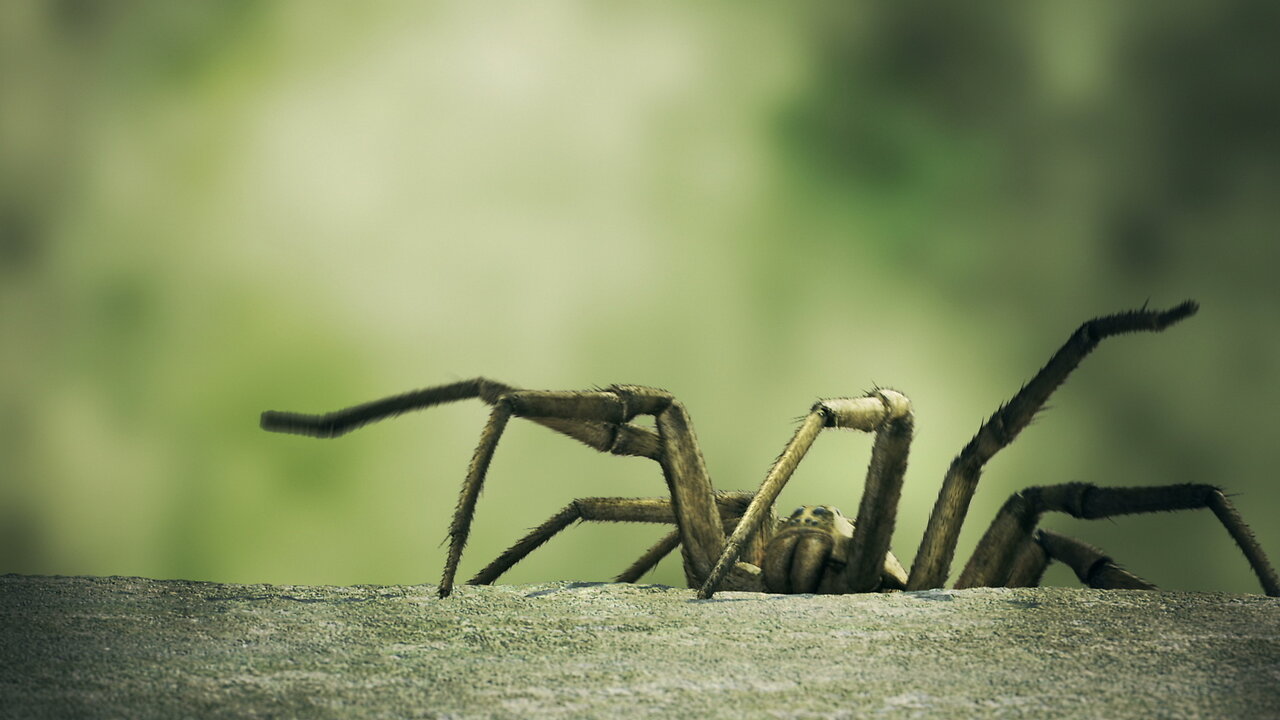Premium Only Content

Animal-Encounter Fatalities by Country and World
This bar chart race shows human fatalities as a direct result of venomous and non-venomous animal contact, by country and world, accumutaled, annually deaths and rate per 100,000, from 1990 to 2019. Deaths from diseases from animal contact, such as malaria and rabies, are excluded (check out other videos).
Human fatalities resulting from contact with venomous and non-venomous animals vary in frequency and severity. Venomous animals, such as snakes, spiders, and certain marine creatures, pose a significant threat. Snakebites, in particular, contribute to a substantial number of fatalities globally, with estimates suggesting tens of thousands of deaths annually. Africa, Southeast Asia, and South Asia are regions where snakebite-related fatalities are more prevalent due to the abundance of venomous species.
In contrast, non-venomous animal encounters typically result in fewer fatalities, but certain species can still pose risks. Large mammals, like elephants or hippos, may cause fatalities through direct attacks, especially in regions where human-wildlife conflicts are common. Insects like bees and wasps, though not typically lethal on an individual basis, can cause fatal allergic reactions in some cases.
Marine animals, both venomous and non-venomous, contribute to fatalities through encounters such as shark attacks, jellyfish stings, and encounters with other hazardous species. While such incidents are relatively rare, they capture public attention due to their dramatic nature.
Effective prevention and management strategies are crucial to mitigate the risks associated with both venomous and non-venomous animals. Education on snakebite first aid, the use of antivenom, and appropriate medical intervention can significantly reduce snakebite-related fatalities. In areas prone to human-wildlife conflicts, implementing measures like secure fencing, early warning systems, and community education can help minimize fatal encounters with large mammals.
Understanding the biology and behavior of animals, coupled with responsible tourism practices, can contribute to safer interactions between humans and non-venomous wildlife. Additionally, advancements in medical research and technology play a vital role in developing antivenom and improving treatment options for bites and stings.
While human fatalities resulting from venomous and non-venomous animal contact are concerning, it's important to note that such incidents represent a relative small fraction of overall mortality. Nonetheless, ongoing efforts in education, research, and conservation are essential for fostering coexistence and minimizing the risks associated with human-animal interactions.
Source: IHME
Data visualization created with flourish.studio
-
 LIVE
LIVE
Redacted News
24 minutes agoTrump: "Epstein files are a HOAX!" White House does 180 on "release the Epstein Files" | Redacted
22,594 watching -
 LIVE
LIVE
vivafrei
3 hours agoLive with Journalist Susan Crabtree - Secret Service Debacle; Trump's Truth Post AND MORE!
9,402 watching -
 LIVE
LIVE
Dr Disrespect
4 hours ago🔴LIVE - DR DISRESPECT - STREAMING UNTIL WE GET 10 WINS
2,612 watching -
 1:50:16
1:50:16
The Quartering
2 hours agoIsrael BOMBS Syria, Trump FUMBLES Epstein Files Even Worse & Activist Judges Blown Out!
92.9K25 -
 31:38
31:38
The White House
1 hour agoPresident Trump Participates in a Bill Signing Ceremony, July 16, 2025
49110 -
 LIVE
LIVE
The HotSeat
1 hour agoSomeone Take His Phone! "I Don't Want Their Support?"
651 watching -
 LIVE
LIVE
Film Threat
19 hours agoTHE SUPERMAN PROBLEM | Hollywood on the Rocks
78 watching -
![[Ep 707] Tim Cruickshank: From Navy Seal to Coffee Brewer & Winemaker | Fauci to Prison](https://1a-1791.com/video/fww1/98/s8/1/6/P/S/2/6PS2y.0kob-small-Ep-707-Tim-Cruickshank-From.jpg) LIVE
LIVE
The Nunn Report - w/ Dan Nunn
1 hour ago[Ep 707] Tim Cruickshank: From Navy Seal to Coffee Brewer & Winemaker | Fauci to Prison
154 watching -
 LIVE
LIVE
Silver Dragons
1 hour agoIs Silver Price About to Crash AGAIN?!
145 watching -
 LIVE
LIVE
Barry Cunningham
4 hours agoPRESIDENT TRUMP GOES SCORCHED EARTH ON "FAKE SUPPORTERS" | AND OTHER NEWS!
2,171 watching